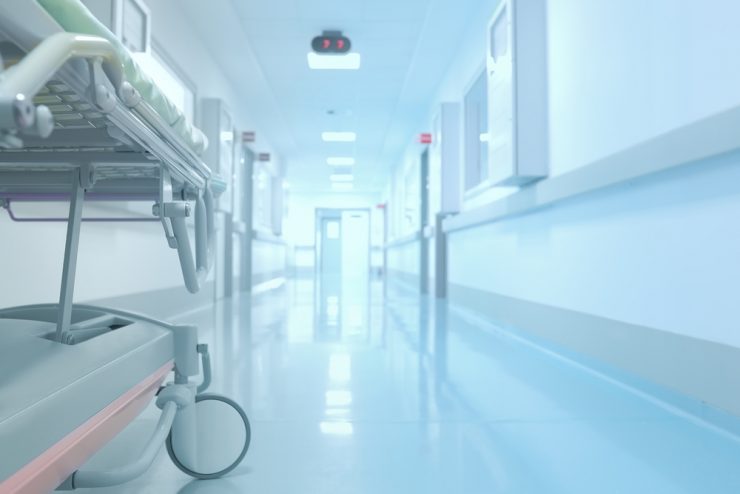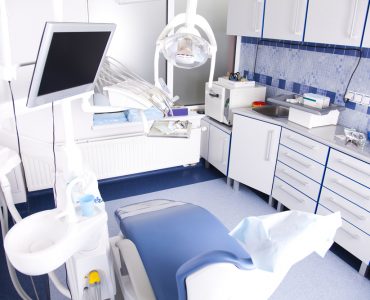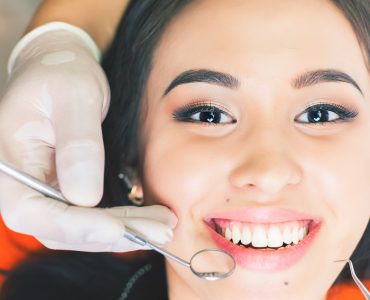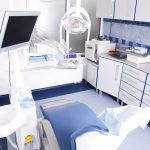Orthodontics is a kind of dental procedure that is followed to improve the position, appearance and function of abnormal or improperly arranged teeth. A surgeon who is a specialist in the orthodontic treatment is called an orthodontist. He uses special appliances like ‘braces’, which are used to correct the posture of the teeth in a specific spell of time ranging from 18 months to over two years.
The NHS offers a free treatment for those people who badly need the treatment and are below the age of 18. The free treatment is provided only in severe cases like when the upper front teeth which jut out more than 0.25 inches.
Why is it necessary
The abnormalities in the jaw and teeth do not have a specific reason of occurrence, although the growth of the teeth and jaw can be destructed by an accident or activities such as thumb sucking. In childhood the irregularity in the arrangement of the teeth does not generate any health problem, but later on, these deformities adversely affect the growth of the teeth, jaw and mouth. This results in various problems like difficulties in eating or chewing, and leads to create major dental conditions (like infection of the jaw or diseases in the gum).
Orthodontic treatment helps in getting a better appearance of the teeth and face, and also avoids further worsening of the appearance.
Some of the common reasons for undergoing the treatment are:
Impacted teeth – adult teeth that come wrongly positioned
Obtruding upper front teeth
Teeth getting crowded up due to narrow jaws
Deep bite – lower teeth covered by the upper teeth
Reverse bite – lower teeth over the upper teeth too much
Open bite – when the lower front teeth and upper teeth do not come together while closing the mouth
Asymmetrical teeth – teeth having a crooked or uneven appearance.
When should it be done
The orthodontics treatment is started only once the child’s teeth have been fully developed, that is when they are around 12 to 13 years old. At times, the orthodontist may recommend an early treatment. In the case of adults, it can be started at any age. Keeping oral hygiene is very essential so as to proceed with the treatment and also to avoid the teeth from getting decayed.
How it is performed
The procedure followed in the orthodontic treatment has been explained in a few simple steps:
Initial assessment – the current condition and development of the teeth is examined using a number of X-rays and fake replicas of the teeth.
Appliances – the four primary appliances used to correct the position of the teeth are:
Headgear – fitted on the side of the head and connected to the teeth at the back
Fixed Appliance – metal brace, which is non-removable, fixed to every tooth with a ceramic or metal brace
Functional Appliance – metal braces that can be removed, fitted to the lower and upper teeth
Removable Appliance – plate that fits to the top of the mouth, which can be removed and cleaned regularly
Retainers – used in the end of the treatment, to keep the newly fitted teeth in place.
Tooth Removal – it might be needed to remove a tooth to rectify the position of the close lying teeth.
While undergoing the orthodontic treatment, it is very essential to keep a good oral hygiene, follow a healthy and required diet, and follow the instructions of the orthodontist as to how and when the appliances need to be used.













